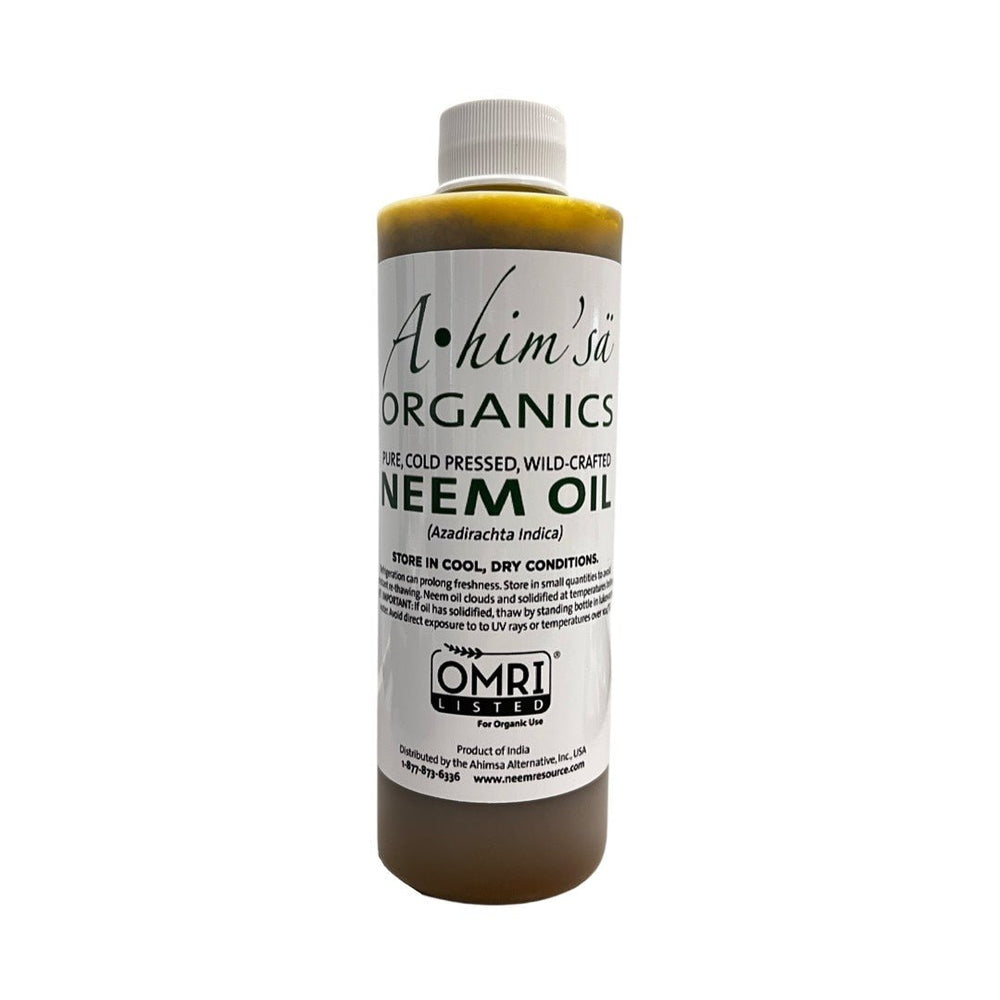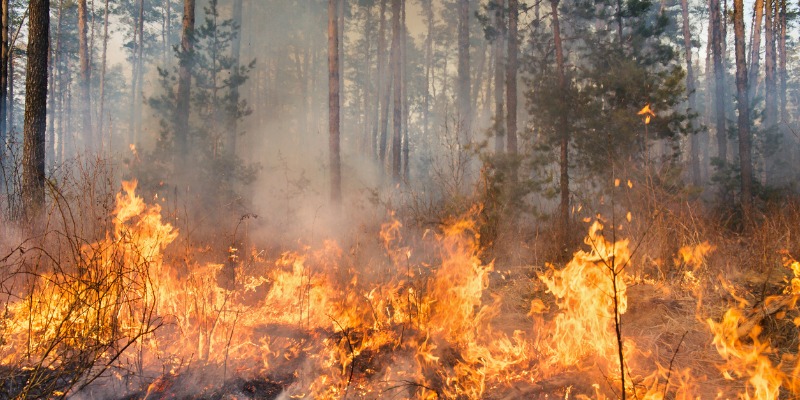`I am Canadian and I am polluted' – [ I AM STILL ALIVE ]
Forty-eight toxins were found in his body, including 32 chemicals linked to cancer, writes artist Robert Bateman
Nov. 15, 2005. 01:00 AM
I am a Canadian, and I am polluted. Polluted by dozens of toxic chemicals. Chemicals that are all around us, every day and that accumulate in our bodies. Toxic chemicals that can cause cancer, respiratory illness, disrupt hormones and harm the growth and development of my six grandchildren. I am polluted but probably less so than the average Canadian.
Since the early 1960s, when Rachel Carson drew the world's attention to weed-choked lakes and thinning bird eggs, we have conceived of pollution as an external concern: What is the level of toxic chemicals floating around out there in the air, in the water? It turns out that the insidious problem with pollution is that it's an internal concern. This is a highly personal question about what has worked its way inside of me, and every Canadian.
With new testing technologies, that question can now be answered with some precision, and it can be given a human face.
Over the summer, I volunteered for the Toxic Nation project, a groundbreaking analysis of the level of pollution in Canadians by Environmental Defence. The Toxic Nation results were released last week (http://www.ToxicNation.ca.)
Environmental Defence tested the blood and urine of 11 volunteers, four men and seven women, from across Canada who ranged in age from 23 to 75. They included me, a TV producer, First Nations chief, doctor, postal worker, small business owner, lawyer, student, trade unionist, student leader and environmental activist.
Working with qualified laboratories in Quebec and Texas, Environmental Defence tested the volunteers for 88 harmful toxic chemicals, such as stain repellants, flame retardants, PCBs, lead, mercury and pesticides.
The laboratories found a total of 60 of the 88 chemicals tested, including 53 chemicals that can cause reproductive disorders and harm the development of children, 41 suspected cancer-causing chemicals, 27 chemicals that can disrupt the hormone system and 21 chemicals associated with respiratory illnesses.
On average, 44 chemicals were found in each volunteer. Forty-eight toxic chemicals were found in my body, including 32 associated with cancer. The fact Toxic Nation found so many chemicals in all the volunteers should concern every Canadian, because it means that we're all polluted.
Pollution knows no boundaries, and overcomes even the greatest distances. The highest levels of mercury were found in one test volunteer — a First Nations Chief — from a remote village on the shores of Hudson Bay in northern Quebec.
The fact is that Canadians are exposed every day to low doses of many different toxic chemicals.
Many of these chemicals are building up in our bodies over time and scientists are only now beginning to grapple with the implications of this accumulation.
In learning about my own situation I hope to be able to take steps to improve things or at least change my ways to limit further insults to my physiology.
Far more urgent, however, is the necessity to have a groundswell of public opinion that gives government more backbone to stand up to industry lobbies and pass strong protective legislation and ensure generous budgets to police the polluters. We know how to solve these problems but we must pay attention and then be ready to pay for the solutions.
The federal government must act now to better regulate toxic chemicals to protect our health.
Canadians expect their country to be a leader in the protection of human health and the environment. But the reality is that Canada lags behind Europe and the U.S. in setting standards to protect people's health from harmful toxic chemicals.
Canadians deserve the same level of protection from harmful toxic chemicals as Europeans and Americans, yet inaction by the federal government is condemning our children and grandchildren to further contamination.
Millions of kilograms of toxic chemicals continue to be released into the environment every year. Pollution in Canada continues to get worse, not better.
The current parliamentary review of Canada's national pollution law, the Canadian Environmental Protection Act, is an important opportunity for our leaders to get things right. Changes to the law are desperately needed. But Canadians can take steps individually to lower their exposure to toxic chemicals.
They can fill out the Chemical Reduction Pledge on the Toxic Nation website (http://www.ToxicNation.ca) by choosing five simple ways to become less toxic in their daily lives.
Test results tell me I'm a guinea pig in a large-scale chemical experiment — only no one is monitoring the results and it is out of control. Many chemicals found in me persist for decades in the environment so I can only assume that my grandchildren will carry increasing levels of toxins.
I can't turn my back on the warning that the results of the Toxic Nation study are giving us. The reckless pollution of our environment and Canadian people must stop now.
Robert Bateman is an artist and naturalist, born 24 May 1930 . He lives on Salt Spring Island in British Columbia.
![]()




